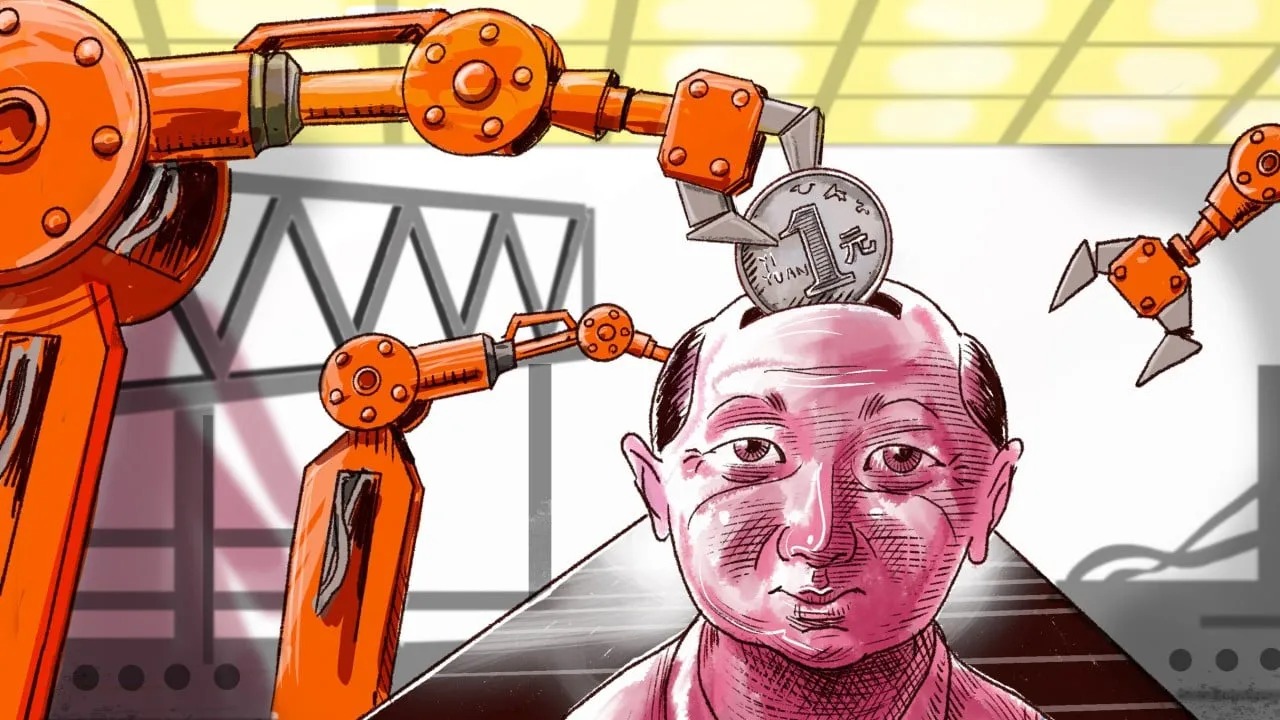Retirement Age Reform and Its Impact on China's Ageing Population and Productivity

Retirement Age Reform and Labour Productivity in China
Retirement age reform is seeking to address the challenges of an ageing population in China, where economic uncertainty looms. A significant shift with the retirement age being raised seeks to address immediate pension concerns but highlights the need for boosting productivity. In regions reliant on subsidies, individuals must be supported through better use of advanced technology.
The Role of Technology in Improving Productivity
- Automation and AI are reshaping industries, particularly in manufacturing.
- Older workers can adapt by learning higher-order skills.
- Investment in capital tools is essential to support older employees.
Education as a Key Factor
Human capital development is vital for enhancing productivity. Investing in education and vocational training is integral for adapting to new technologies. Lessons from Japan and Germany provide insights into maintaining productivity through workforce training.
Challenges of Youth Unemployment
- Youth unemployment reached 17.1% in July.
- China requires strategies to create diverse job opportunities.
- Older employees staying longer can limit openings for younger workers.
China's journey towards navigating its demographic shifts will play a critical role in its economic trajectory. By focusing on both productivity enhancements and the dual needs of its workforce, China can transform its challenges into sustainable economic growth.
This article was prepared using information from open sources in accordance with the principles of Ethical Policy. The editorial team is not responsible for absolute accuracy, as it relies on data from the sources referenced.